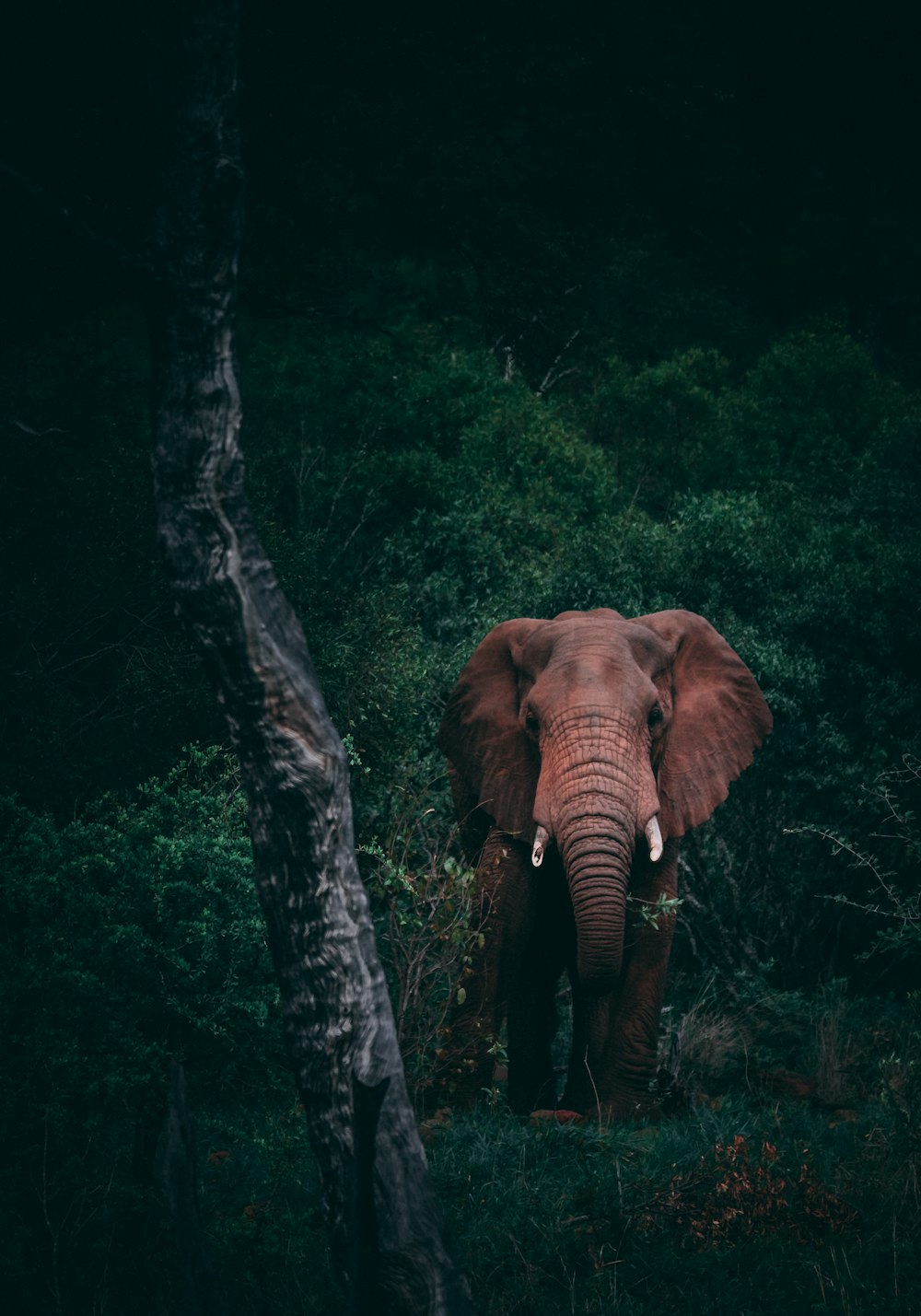
Artificial Intelligence (AI) is in demand in quite a variety of fields these days. Potential applications of Artificial Intelligence (AI), already crucial to global supply chains and internet operations, are explored in various contexts such as lawmaking, medicine, and the military. Then the question comes to mind:

Can Wildlife be Created with Artificial Intelligence (AI)?
Co–authored by Harvard University Landscape Architect Bradley Cantrell, Environmental Historian Laura Martin, and University of Maryland Ecologist Erle Ellis, the paper’s content is more of a thought experiment than a practical program – perhaps given the advances already driven by Artificial Intelligence (AI). Nevertheless, it’s not that far from practice. Some researchers are already using Artificial Intelligence (AI) systems to understand more complex ecological datasets.
For example, researchers have designed autonomous robots for hunting invasive sea stars in the Great Barrier Reef. In addition, applications such as wildlife–directing fences, seed–dispersing planes, and arranging river sediments to support biodiversity are suggested by experts for Artificial Intelligence (AI)–powered systems.
The application of Artificial Intelligence (AI) has recently transformed wildlife conservation. Artificial Intelligence (AI) helps researchers identify animals’ location, sighting date, migration patterns, and even an animal social group. In addition, conservationists use Artificial Intelligence (AI) to monitor and protect animals in their natural habitat.
Why are Conservationists Using Artificial Intelligence (AI) for Wildlife Conservation?
Scientists are using Artificial Intelligence (AI) to understand what puts these species at risk by providing information on where they were born, how many survive, where they went and how far they went. Some advantages of Artificial Intelligence (AI) in animal species conservation include:
- It helps stop the illegal animal trade on social media.
- It helps conservationists detect and stop wildlife poaching.
- Artificial Intelligence (AI) helps assess the species population and see changes.
- Artificial Intelligence (AI) algorithms can protect animal habitats by predicting animal migration patterns.
- Artificial Intelligence (AI) simplifies the collection and analysis of large and fascinating datasets quickly.
- Artificial Intelligence (AI) defines animal species, classifies them into various classes, and gives detailed information.
- Designing an appropriate plan can provide information on the impacts and mitigation of climate change on wildlife.
- Artificial Intelligence (AI) assists wildlife researchers in studying wild animal species collectively and developing strategies to conserve them.
- Rainforest Connection, a San Francisco–based NGO, uses Artificial Intelligence (AI) to combat illegal wildlife in Africa.
- Microsoft’s Species Classification API Demo uses a machine learning model to describe over 5000 animal and plant species.
- The World Wildlife Fund and Intel are collaborating with researchers on a project to monitor and protect Siberian tigers in China using Artificial Intelligence (AI).
- Conservation Metrics, a Santa Cruz–based company, uses Artificial Intelligence (AI) tools and machine learning models to help researchers monitor wildlife conditions, distribution, and population trends.
- Wildbook, a US–based non–profit organization, uses Artificial Intelligence (AI) algorithms to digitally tag animals like human fingerprints. Algorithms analyze the public photo and video streams to identify individual animals instantly.
- DeepMind, a UK–based company, has developed an Artificial Intelligence (AI)–based model to identify and count animal species. It is stationed in Serengeti National Park in Tanzania. Using Artificial Intelligence (AI), scientists recognize wild animals and protect at–risk species before it’s too late.
- Conservation Assistant for Wildlife Security (PAWS): PAWS is an Artificial Intelligence (AI) based application used for predictive analysis and resource optimization. It assists rangers by analyzing data and providing information on topography, animal population, nature trails, and foot traffic. In addition, Artificial Intelligence (AI) helps rangers detect wildlife crimes.
- Saving the global bee colony: Katharina Schmidt, founder of apic.ai, and her team designed a beehive monitor to collect data using TensorFlow, Google’s open-source machine learning framework. It is supported by tracking various bee activities, such as the number of bees, their movement mode, or whether they carry pollen. Artificial Intelligence (AI) helps experts make informed decisions by providing complete data and analytics reports.
- Elephant Listening Project: Cornell University researcher Peter Wrege and his team used neural networks, a subset of Artificial Intelligence (AI), to collect and classify data on Savannah Elephants surviving in the dense rainforests of Central Africa. They place sound recorders in the forest to monitor forest sounds. Then, they set up different neural networks with Conservation Metrics, a California–based company, to isolate forest sounds and locate elephants and poachers.





